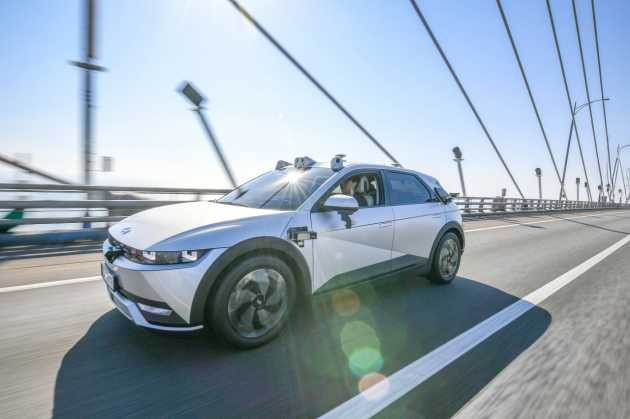
Hyundai MOBIS to promote the commercialization of self-driving vehicles.
Edited by Don Southerton
Hyundai MOBIS, a global leader in future mobility, will begin testing Level 4 autonomous driving in South Korea Incheon City’s Songdo and Yeongjong districts. These test rides aim to promote the commercialization of self-driving vehicles.
According to a Hyundai MOBIS article in the media, MOBIS, the Incheon Free Economic Zone (IFEZ), and the Incheon Technopark have signed a memorandum of understanding for Level 4 testing as well as plans to collaborate on nurturing startups that can innovate smart mobility.
The smart mobility project will engage 20 startups, partner firms, research institutes, and universities that will participate in the test-driving project. The expectation is that this will spur further regional IFEZ and Technopark smart mobility testing and R&D.
I see this as a smart move by Hyundai, MOBIS, local officials, and shareholders engaged in the project– as someone who has followed autonomous technology development, supported MOBIS teams, been a backer of IFEZ initiatives, and has considerable first-hand experience of the urban, bridge, and highway road network.
For example, in the 2000s, we built the Songdo IBD (today Songdo International City) smart road system to address future transportation needs… wide lanes to reduce congestion and traffic sensor data capture technology. Songdo, too, is designated by the City of Incheon and IFEZ as a “Smart City” and innovation hub. And, so frankly, it’s a great venue to be at the forefront of smart mobility. ( See my article on Songdo).
https://www.brandinginasia.com/smart-cities-a-tale-of-innovation-and-collaboration-in-south-korea
Under the memorandum, the test vehicle will be able to drive on a 60 KM/ 37 miles course. In addition to Songdo, the nearby Yeongjeong area is home to the Incheon International Airport.
Hyundai MOBIS noted that the Incheon municipal government had given its permission for test drives that include inner-city routes. This is a rare chance to test autonomous driving technologies under city traffic conditions versus exclusively highway drives.
Industry experts categorize autonomous driving into six levels, ranging from 0 to 5. Level 4 autonomous driving requires the vehicle to perform the majority of driving tasks independently. For example, and still a little unclear, a Level 4 does not require a human driver to remain engaged and ready to take over, though they’re limited by geographic and weather conditions, where human drivers need to take over.

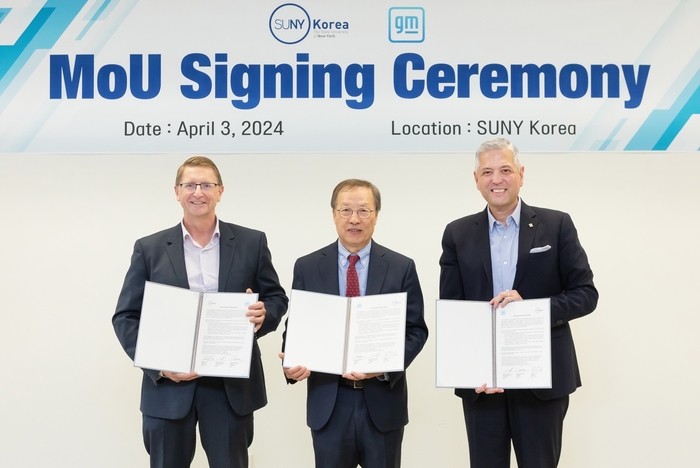

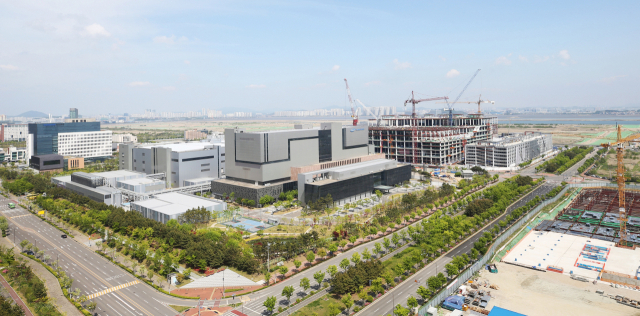
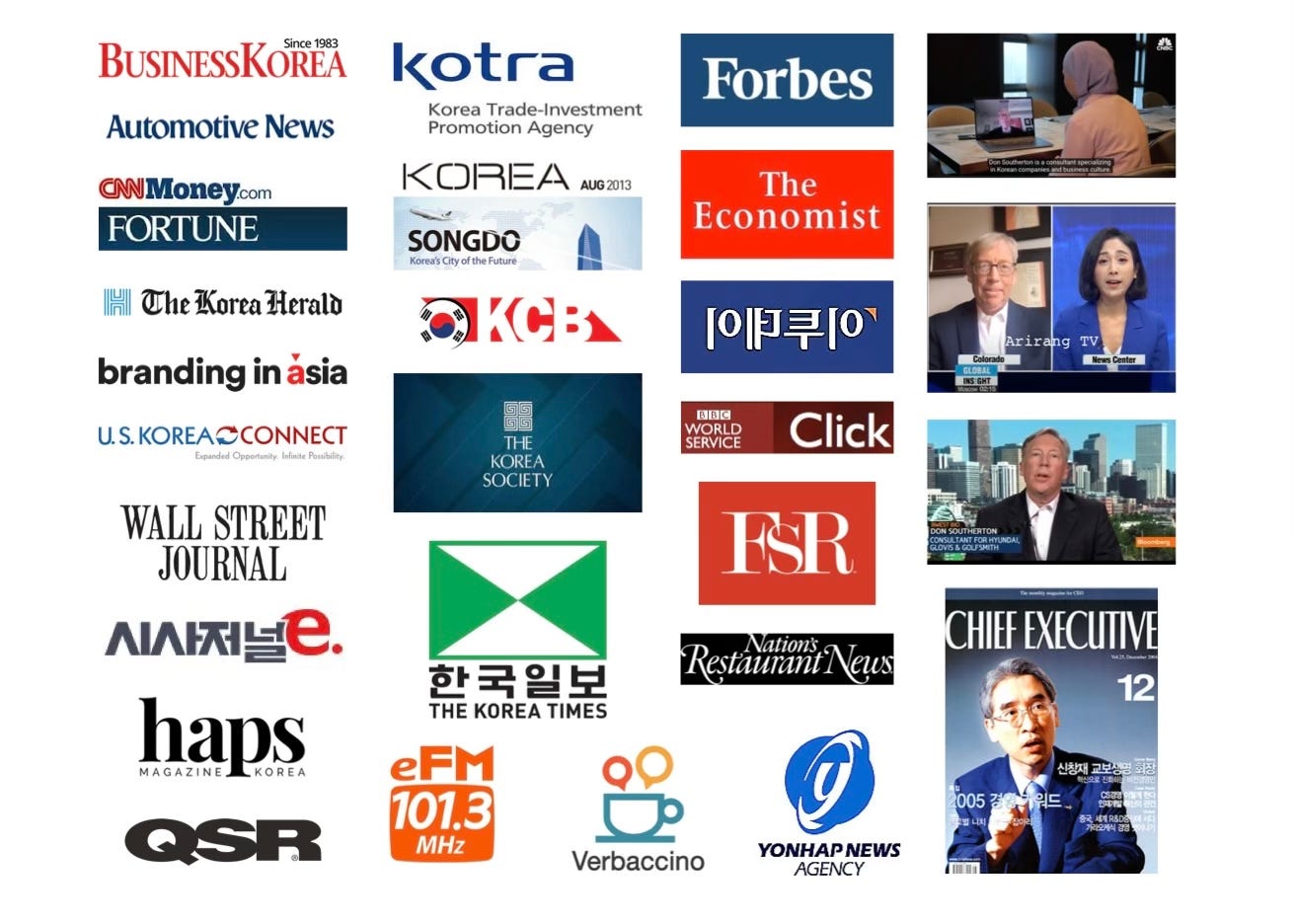

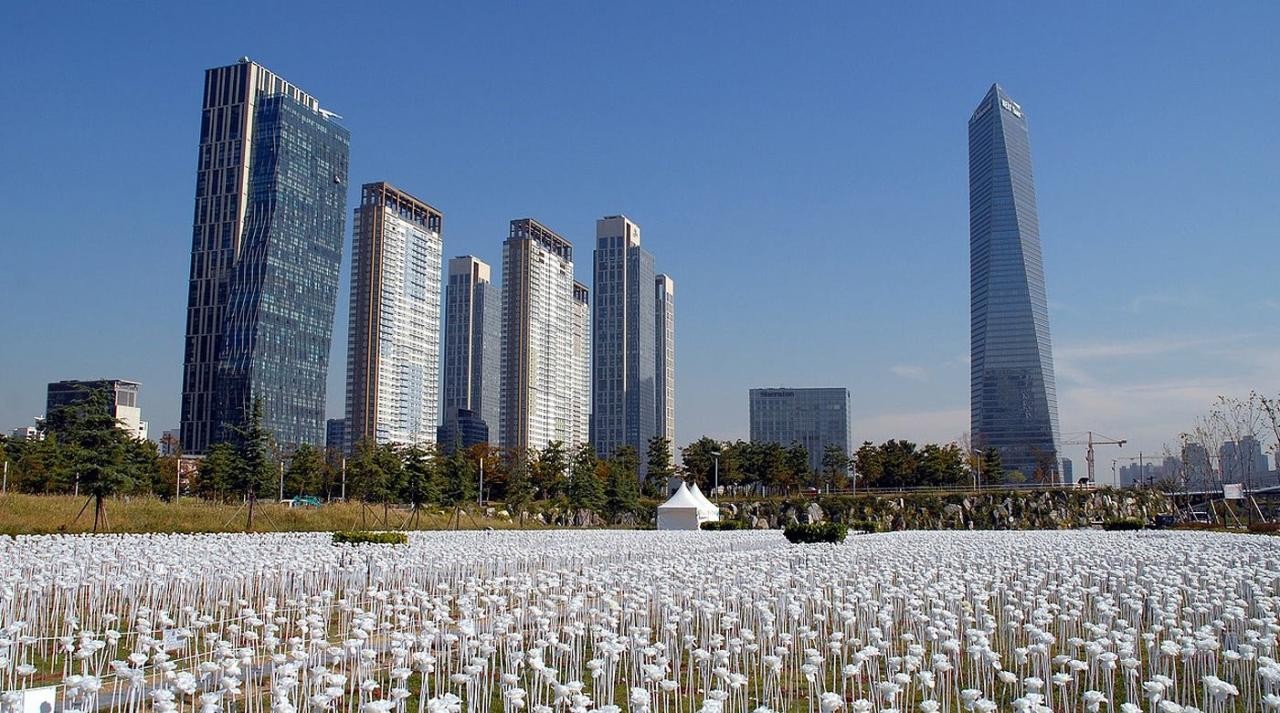

South Korea’s Free Economic Zone (IFEZ) Newsletter
South Korea’s Free Economic Zone (IFEZ) Newsletter shares how the district has positioned itself as the global hub for future industries such as bio-healthcare, smart manufacturing, high-tech finance and future robots, information and communication (IT), and artificial intelligence (AI) while making great strides as a hub for distribution, logistics, tourism, and MICE. #songdo
Please check out our Newsletter https://stibee.com/api/v1.0/emails/share/lp9zm4qG0yY9K45_RHds5rRVGh3ppNE
Questions? Please ask…. dsoutherton@bridgingculture.com
310–866–3777